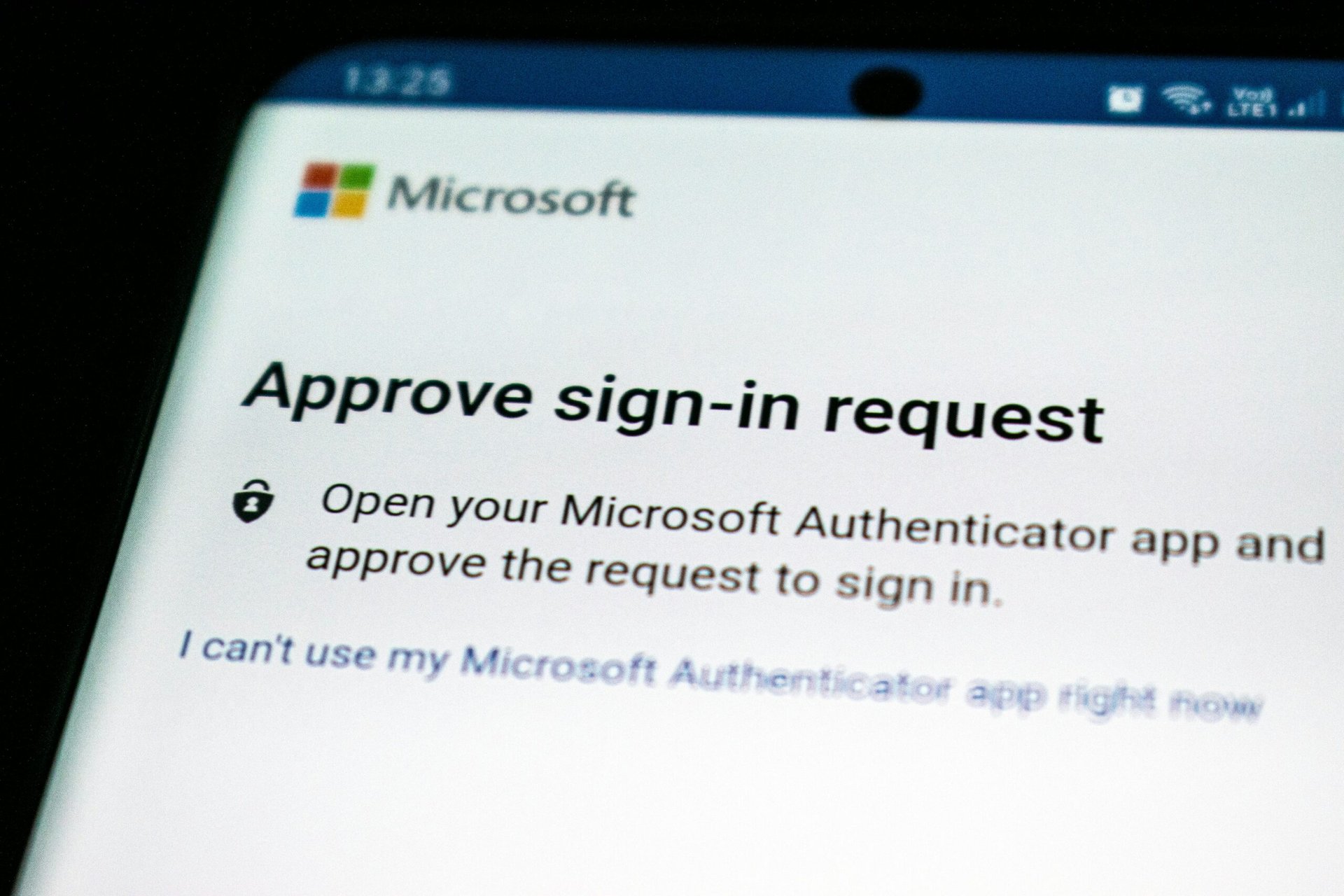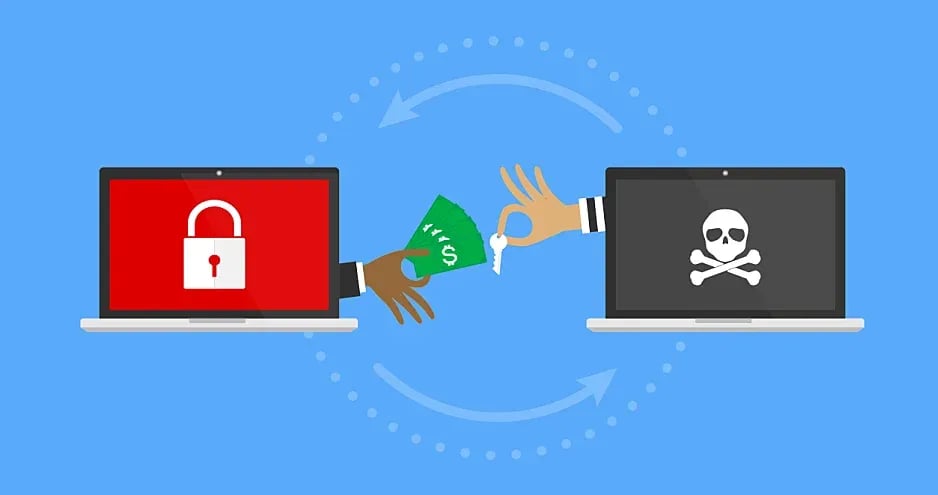2FA Under Siege: How Attackers Are Outsmarting Traditional Defenses
Two-factor authentication (2FA) has long been heralded as a crucial defense against cyber threats, adding an extra layer of security beyond just a password. However, attackers are now deploying more sophisticated methods to bypass these protections, making it essential for users and organizations to rethink their security strategies.
One such threat is the Astaroth 2FA phishing kit, a malicious tool designed to intercept authentication codes in real-time, rendering SMS-based and even some app-based 2FA methods vulnerable. This is part of a broader trend where cybercriminals use man-in-the-middle (MitM) attacks, session hijacking, and reverse proxies to steal login credentials and bypass multi-factor authentication (MFA).
How Attackers Are Bypassing 2FA
1. Real-Time Phishing Attacks
Traditional phishing attacks trick users into entering credentials on fake login pages. The latest 2FA phishing kits, however, take this a step further by capturing real-time authentication tokens. Attackers trick victims into providing their one-time password (OTP) on a fraudulent site, which then forwards it to the legitimate service—giving the attacker instant access.
2. Reverse Proxy Attacks (EvilProxy, Modlishka, etc.)
Modern adversaries deploy reverse proxy tools to act as an intermediary between the user and the legitimate website. When a victim logs in, the proxy captures both their password and the authentication token, allowing the attacker to gain full access to the account without needing the actual device.
3. SIM Swapping & OTP Interception
For those still relying on SMS-based 2FA, SIM swapping remains a major threat. Attackers trick or bribe telecom providers into transferring a victim’s phone number to a new SIM card, allowing them to receive all 2FA codes. Additionally, some malware can intercept OTPs sent via SMS or email, making this method one of the weakest forms of authentication.
4. Cookie Theft & Session Hijacking
Rather than stealing credentials, some attackers focus on session tokens or authentication cookies. Once a victim logs in, malware or a malicious browser extension can extract session data, allowing attackers to access the account without needing a password or 2FA code.
How to Strengthen Your 2FA Defenses
While cybercriminals are getting more sophisticated, users and organizations can still stay ahead by implementing stronger security practices:
- Use Authenticator Apps Over SMS – SMS-based 2FA is vulnerable to SIM swapping and interception. Instead, use authenticator apps like Google Authenticator, Microsoft Authenticator, or Authy.
- Leverage Hardware Security Keys – The best way to prevent phishing-based 2FA attacks is to use FIDO2-compliant hardware security keys like YubiKey or Google Titan. These physical keys ensure that only a legitimate site can request authentication.
- Enable Passkeys & Biometric Authentication – Passkeys, an emerging passwordless technology, eliminate the need for traditional passwords and are resistant to phishing attacks. If available, opt for Face ID, fingerprint authentication, or device-bound credentials instead of OTPs.
- Be Wary of Links & Attachments – Even if an email appears legitimate, avoid clicking on links. Instead, navigate directly to the site by typing the URL into your browser. Cybercriminals often craft pixel-perfect replicas of login pages to harvest credentials.
- Use Security-Focused Browsers & Extensions – Some modern browsers, like Brave and Firefox, offer built-in protections against phishing sites. Security extensions like uBlock Origin or Privacy Badger can also help block malicious scripts.
- Monitor for Unusual Activity & Enable Account Alerts – Keep an eye on security alerts from your email provider or online services. If you receive a login attempt notification you didn’t initiate, act immediately by changing your password and revoking active sessions.
Final Thoughts
Two-factor authentication remains an essential layer of security, but it's not foolproof against sophisticated phishing techniques. Cybercriminals are constantly evolving, leveraging automation and advanced phishing kits to trick even the most security-conscious users.
By shifting away from SMS-based authentication, adopting hardware security keys or passkeys, and staying vigilant against phishing attempts, individuals and organizations can stay ahead of the attackers. In an era where breaches are inevitable, proactive security is the best defense.












